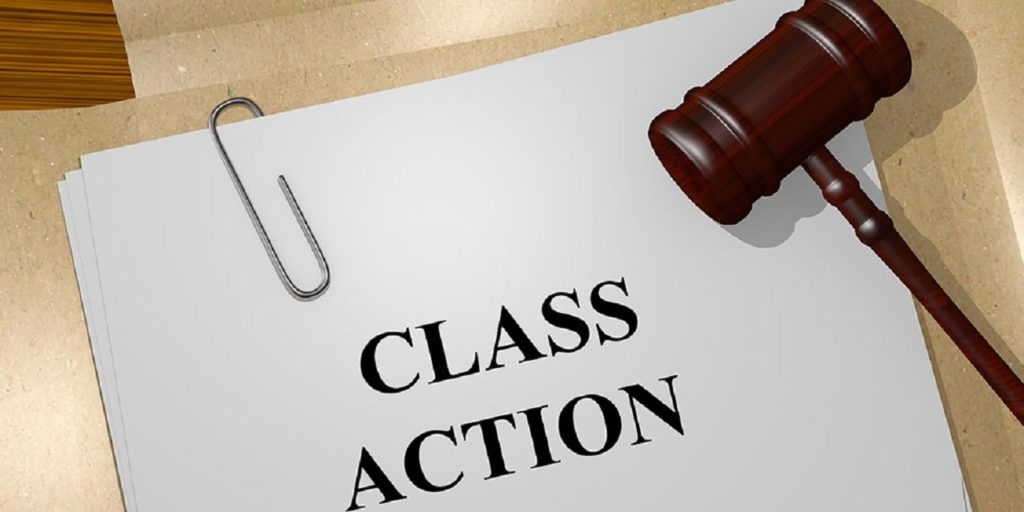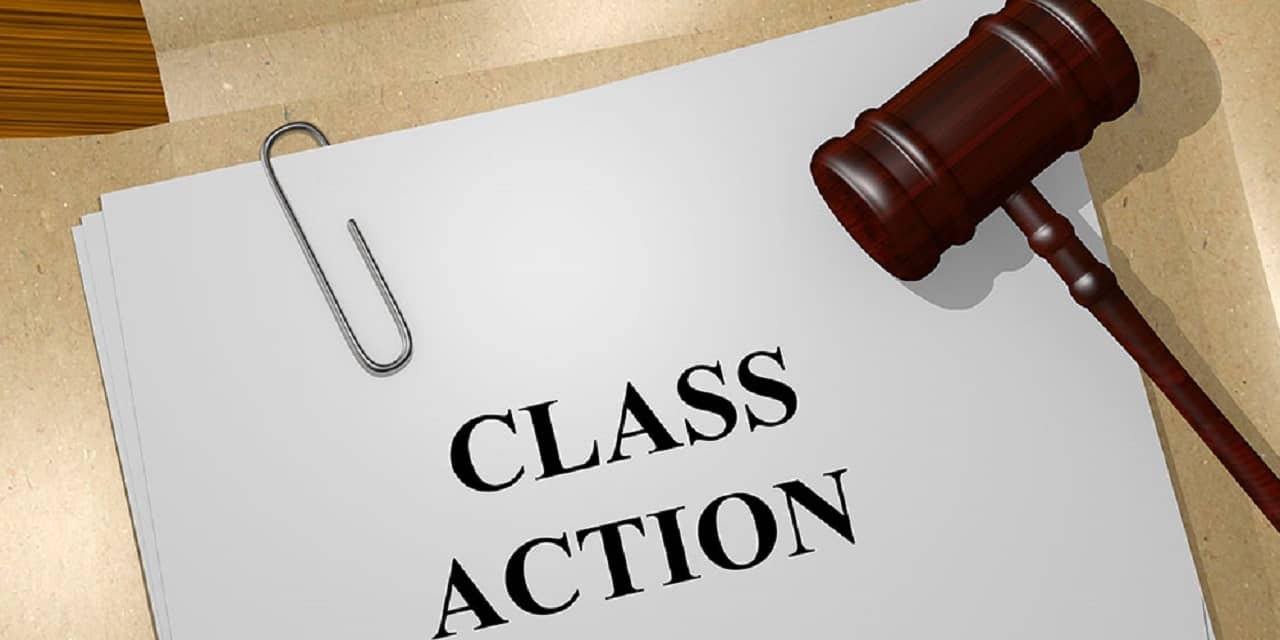Most times, there are definite benefits for plaintiffs to be a part of a class action suit as opposed to suing a defendant on their own. However, not every case has the ability to become a class-action lawsuit. There are certain requirements in the federal or state rules that govern when and how cases can be filed as a class-action lawsuit.

Assuming that these rules are met, any number of plaintiffs can join together and benefit from the efficiencies of having a common legal cause of action. If you have been injured and want to file a class action lawsuit of your own, or desire to join an existing suit, it is important to know how class action cases get started.
About Class Action Lawsuits
Class action lawsuits can be filed in either federal or state courts. They start as all other lawsuits begin; with the filing of a complaint that alleges that one or more plaintiffs were injured as a result of the defendant’s actions. Lawsuits can be filed as a class action or plaintiffs can attempt to roll existing suits together into a class action, but the plaintiff’s description of the lawsuit is not the final word when it comes to these types of lawsuits.
When it comes to a class action that is filed, there will be a representative plaintiff that speaks for the class. Every other plaintiff is still a part of the case, but it will be the representative plaintiff whose actions have the greatest weight in the class. It will generally be the representative plaintiff who files the initial class action suit if it is indeed filed as a class action.
Once the lawsuit is filed, the court will have to make the decision whether a lawsuit can be heard as a class-action lawsuit. In order for this to happen, the court must do something that is called certifying the class. This will happen one of two different ways.
First, the plaintiffs can file a motion to have the court certify the class. Second, the court can decide on its own to confer class-action status on a series of litigation. While courts do not necessarily want to go through the burden of hearing thousands of individual lawsuits, they will still apply a rigorous test to deciding whether a class should be certified because the defendant may not always want a mass lawsuit against them to be made easy. In fairness, the court must consider the defendant’s arguments on the issue as well. Until the court certifies a class, the case may not proceed as a class action even if it is filed as a class action.
If you are wondering how a judge decides whether to certify a class, there are federal rules that a court must apply when there is a motion for class certification in front of them. There is a multiple-part test that a court will go through when ruling on the motion or making the decision on their own.
Points to be noted for Filling a Class Action Lawsuit
The first thing that a court will look at involves the efficiency aspect of a class action suit. The judge will be looking at the number of plaintiffs, recognizing that it represents a burden on the judicial system to hear thousands of cases all proceeding at the same time. There are a limited number of courts and judges and trials cost money. If it will not be practical for all of the cases to proceed separately, then a court may join all of the cases as a class. Practicality may be judged in terms of logistics and resources.
The second and perhaps the most important part of the test involves whether there are common issues of law and fact. Oftentimes, when dealing with mass tort class actions, the plaintiffs will suffer the same exact injury which results from a common product defect or action of the defendant. In these cases, the findings of a jury may not necessarily vary from case to case. For example, when a drug may cause an increased risk of a heart attack, the patients are similarly situated because they have a common injury from a common problem with the drug.
The third part of the test is similar to the second. The legal claims of the plaintiffs must be similar in nature. In a product liability class action, the lawsuits will generally be alleging that the same laws were violated.
Finally, the court will look at the representative parties will fairly and adequately protect the interests of the class.” This means that the court will look at who the actual representative plaintiff is and whether they are an appropriate person to make decisions on behalf of the class. This will involve a look at the qualifications of the plaintiff and their attorney. Oftentimes, there will be many different parties who want to be the representative plaintiff since it means control over the litigation.
Many times, defendants will oppose class certification since a class-action lawsuit makes it easier to sue them with a large number of plaintiffs for a significant amount of damages. Then, there will possibly be a hearing in court which will inform the judge’s ruling.
Conclusion
It is once the class action is certified that notice will start going out to other parties who may also be potential plaintiffs in the case. They may receive mailings letting them know that they can join the class and the lawsuit against the defendant. In most cases, the plaintiffs do not have to do anything to join the case. They are automatically a plaintiff unless they opt-out of the class. In that case, the plaintiff can proceed with their own lawsuit independent of the class action.
Anyone who has suffered an injury that they believe may have been suffered by others should consult an attorney about whether to file a class-action lawsuit or to learn whether there already is a class action lawsuit underway in court.
Also Read- What is Probate Sale & it’s benefits? [Updated Guide-2019]











